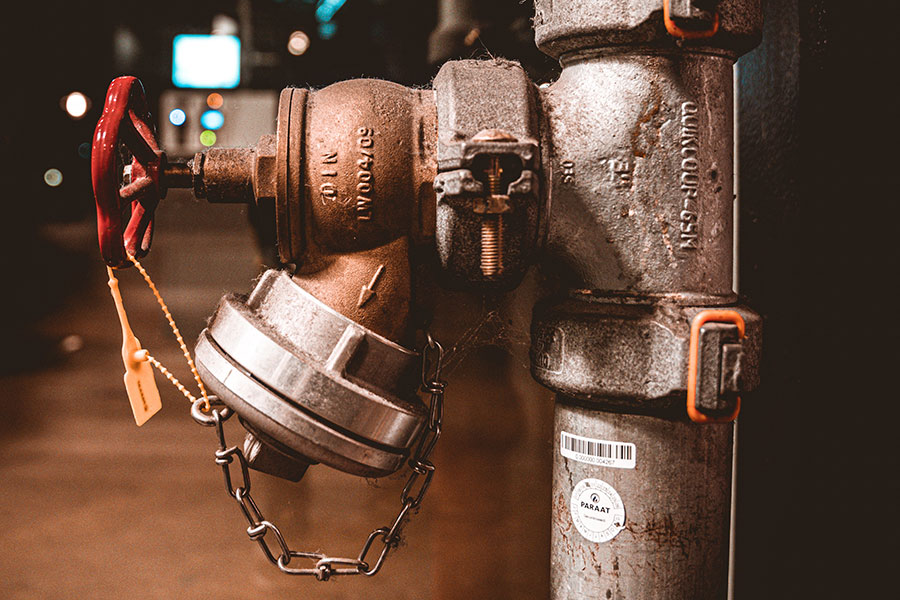Dating back to ancient Roman times and invented for the purpose of regulating water systems, the first valves were made of bronze. The word “valve” ultimately derives from the Latin verb volvere, “to turn or roll,” but later evolved into Latin valva, referring to the moving part of a door. In essence, a valve is a type of door. By definition, then, a valve is a device that controls or directs the flow of a substance (whether liquid, gas, or slurry) by opening, closing, or partly obstructing a passageway through which the substance is able to pass. The valve regulates the force of the flow of the substance through a pipe or other conduit.
What Is a Valve Tag?
In a modern industrial setting, a valve tag is a simple signaling device indicating at a glance the function or contents flowing through a given pipe or other conduit. If the substance flowing through the pipe is nothing more dangerous than plain, room-temperature water, the information conveyed by the tag is of minor importance. But if the pipe carries any substance that is extremely hot, cold, corrosive, or toxic, then the purpose of the valve tag can be characterized as mission-critical. Therefore, valve tags play an integral role in any safety system designed to reduce the risk to persons or property related to releases, spills, accidents, and injuries due to improper use of valves within a facility.








